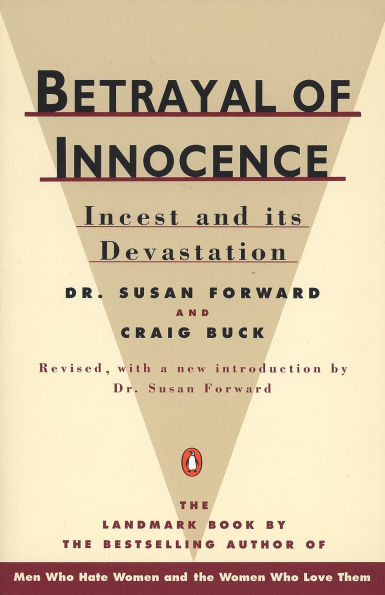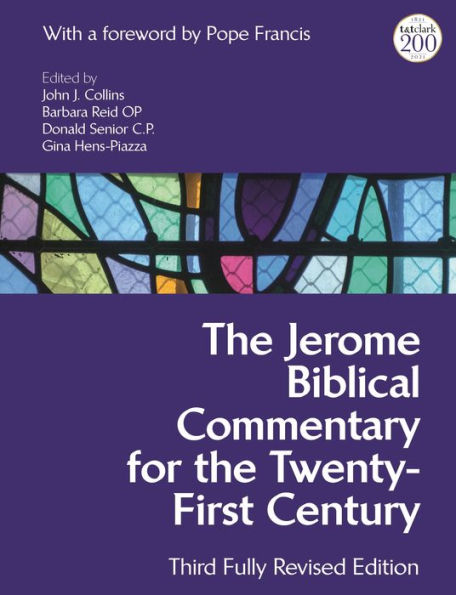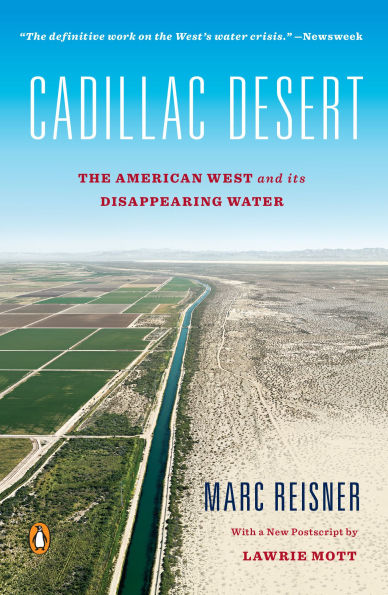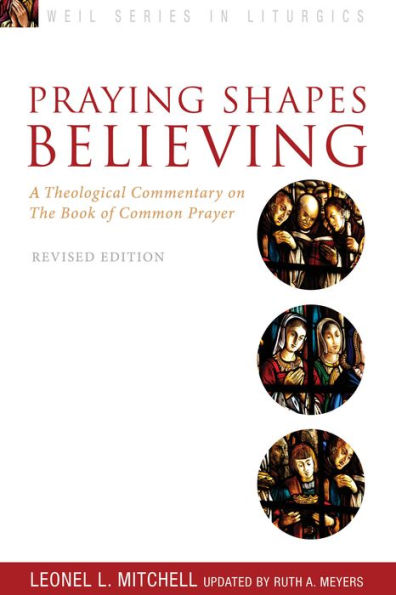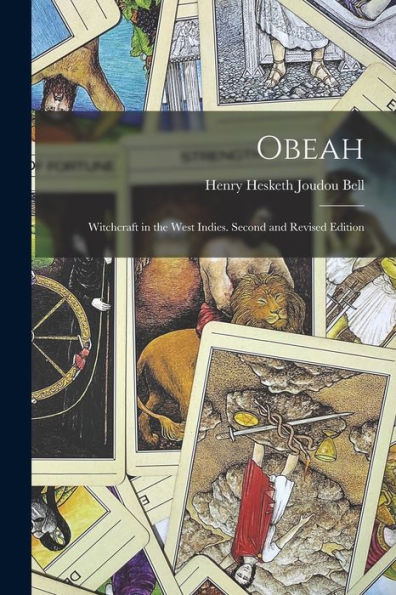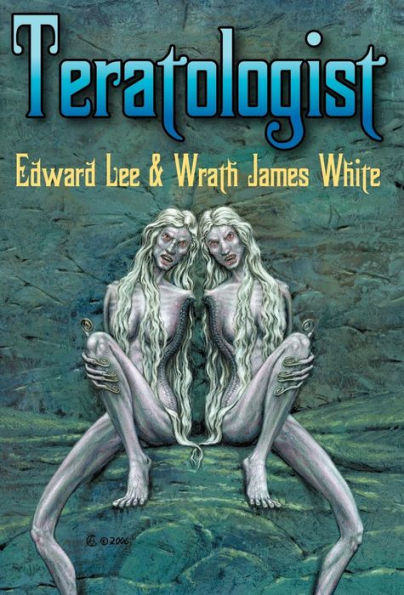Home
the Sublime Continuum and Its Explanatory Commentary: With Supercommentary - Revised Edition
Barnes and Noble
the Sublime Continuum and Its Explanatory Commentary: With Supercommentary - Revised Edition
Current price: $79.95
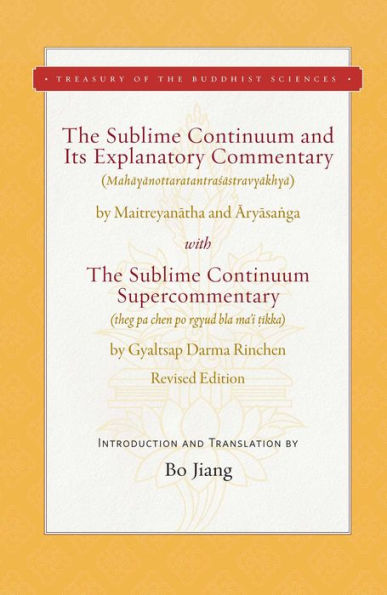

Barnes and Noble
the Sublime Continuum and Its Explanatory Commentary: With Supercommentary - Revised Edition
Current price: $79.95
Size: Hardcover
Loading Inventory...
*Product information may vary - to confirm product availability, pricing, shipping and return information please contact Barnes and Noble
Explore an in-depth explanation of buddha nature and self-emptiness.
The original
Sublime Continuum Explanatory Commentary
was written by Noble Asanga to explain the verses received from the bodhisattva Maitreya in the late fourth century CE in northern India. Here it is introduced and presented in an original translation from Sanskrit and Tibetan, with the translation of an extensive Tibetan
Supercommentary
by Gyaltsap Darma Rinchen (1364–1432), whose work closely followed the view of his teacher, Tsong Khapa (1357–1419).
Contemporary scholars have widely misunderstood the Buddhist Centrist (
Madhyamaka
) teaching of emptiness, or selflessness, as either a form of nihilism or a radical skepticism. Yet Buddhist philosophers from Nagarjuna on have shown that the negation of
intrinsic
reality, when accurately understood, affirms the supreme value of
relative
realities. Gyaltsap Darma Rinchen, in his
, elucidates a highly positive theory of the buddha nature, showing how the wisdom of emptiness empowers the compassionate life of the enlightened, as it is touched by its oneness with the truth body of all buddhas. With his clear study of Gyaltsap’s insight and his original English translation, Bo Jiang completes his historic project of studying and presenting these works from Sanskrit and Tibetan in both Chinese and, now, English translations, in linked publications.
The original
Sublime Continuum Explanatory Commentary
was written by Noble Asanga to explain the verses received from the bodhisattva Maitreya in the late fourth century CE in northern India. Here it is introduced and presented in an original translation from Sanskrit and Tibetan, with the translation of an extensive Tibetan
Supercommentary
by Gyaltsap Darma Rinchen (1364–1432), whose work closely followed the view of his teacher, Tsong Khapa (1357–1419).
Contemporary scholars have widely misunderstood the Buddhist Centrist (
Madhyamaka
) teaching of emptiness, or selflessness, as either a form of nihilism or a radical skepticism. Yet Buddhist philosophers from Nagarjuna on have shown that the negation of
intrinsic
reality, when accurately understood, affirms the supreme value of
relative
realities. Gyaltsap Darma Rinchen, in his
, elucidates a highly positive theory of the buddha nature, showing how the wisdom of emptiness empowers the compassionate life of the enlightened, as it is touched by its oneness with the truth body of all buddhas. With his clear study of Gyaltsap’s insight and his original English translation, Bo Jiang completes his historic project of studying and presenting these works from Sanskrit and Tibetan in both Chinese and, now, English translations, in linked publications.

